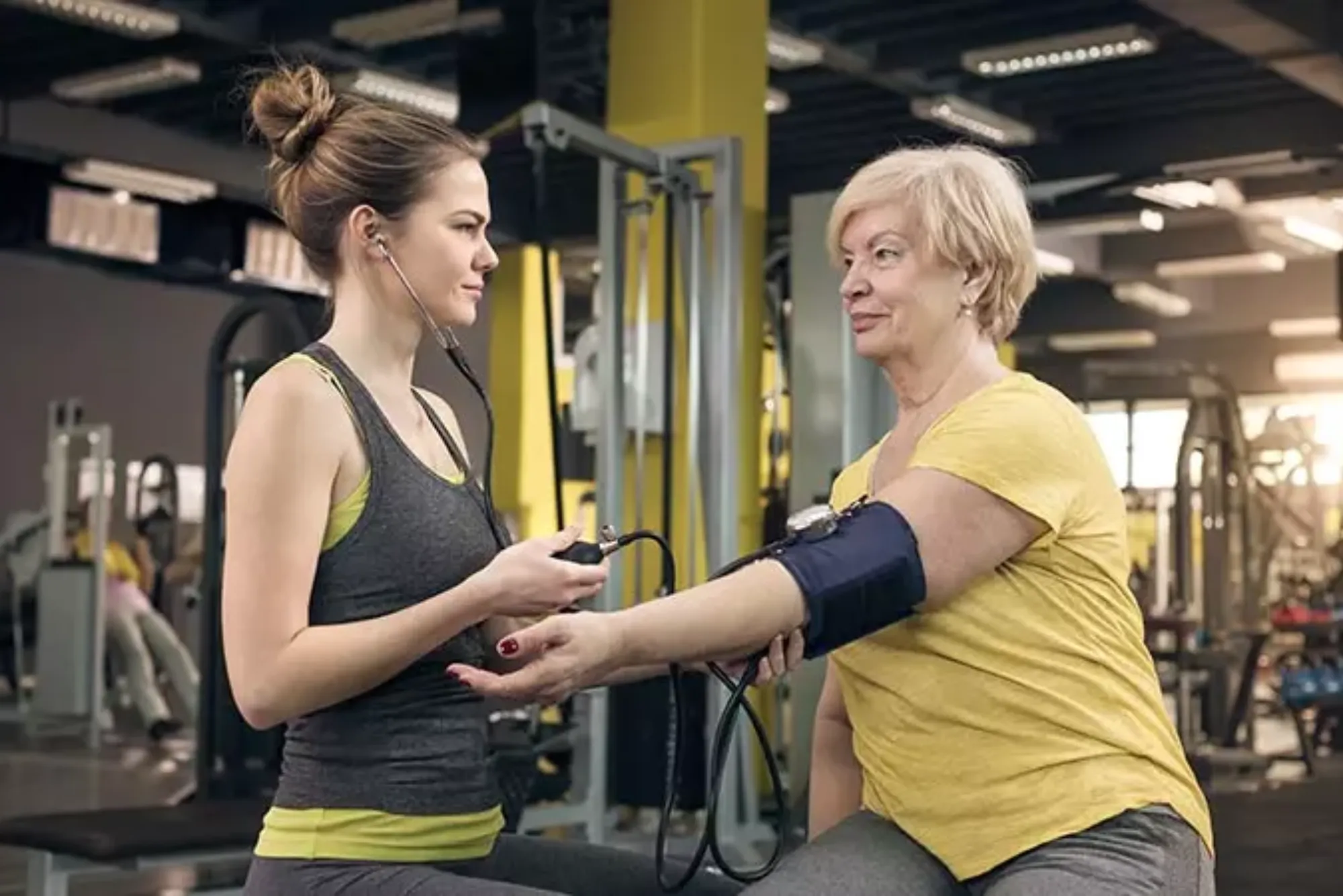
Timing is crucial when it comes to optimizing your exercise routine. One common question that often arises is how long to wait after eating before hitting the gym or going for a run. This article delves into the science behind the timing of meals and exercise, exploring the ideal waiting period to maximize performance and avoid discomfort. Additionally, we’ll touch upon the benefits of incorporating practices like yoga and meditation, as well as the resources available at Al Badaa Health Center to support your fitness journey.
The Digestive Process
Understanding how digestion works is key to grasping the importance of timing meals and exercise. When you eat, your body begins the intricate process of breaking down food into nutrients that can be absorbed and utilized for energy. Carbohydrates, proteins, and fats are each digested at different rates, influencing how long it takes for your body to be ready for physical activity.
Immediate Effects of Eating Before Exercise
Exercising immediately after a meal can lead to various discomforts and performance issues. Digestive discomfort, such as bloating and cramping, is common when the body is trying to simultaneously digest food and engage in physical activity. Moreover, blood flow is diverted to the digestive system, potentially leaving muscles deprived of oxygen and nutrients essential for optimal performance.
Optimal Timing: How Long to Wait
Experts generally recommend waiting at least 1-2 hours after eating a large meal before engaging in strenuous exercise. For smaller snacks, waiting 30 minutes to an hour may suffice. However, individual tolerance varies, and it’s essential to listen to your body. Experimentation may be necessary to determine the ideal waiting period that allows you to exercise comfortably and effectively.
Meal Size and Composition:
Larger meals, especially those high in fat and protein, take longer to digest compared to smaller, lighter snacks composed mainly of carbohydrates. Heavy meals may require a longer waiting period to allow for adequate digestion and minimize the risk of discomfort during exercise.
Individual Tolerance:
Everyone’s digestive system is unique, and what works well for one person may not be suitable for another. Some individuals may feel fine exercising shortly after eating, while others may experience discomfort or sluggishness. Pay attention to how your body responds and adjust your timing accordingly.
Experimentation:
Finding the optimal waiting time may require some trial and error. Start by following general guidelines and gradually adjust based on your personal experience. Note how different foods and meal sizes affect your energy levels and performance during exercise, and use this information to refine your approach.
Consideration of Activity Intensity:
The intensity and type of exercise you plan to engage in also influence how long you should wait after eating. Low to moderate-intensity activities like walking or gentle yoga may be more tolerable shortly after eating, while high-intensity workouts may require a longer waiting period to avoid discomfort.
Hydration:
While waiting to exercise after eating, it’s essential to stay hydrated. Drinking water before, during, and after your workout helps support digestion and maintain optimal hydration levels, enhancing overall performance and recovery.
Benefits of Waiting
Waiting after eating before exercising offers several advantages. Improved digestion and nutrient absorption ensure that your body can efficiently utilize the energy from your meal during your workout. Additionally, waiting helps maintain stable blood sugar levels, preventing energy crashes mid-exercise. Overall, patience pays off in terms of better performance and reduced risk of gastrointestinal discomfort.
Pre-Workout Nutrition Strategies
Choosing the right pre-workout snacks can further optimize your exercise routine. Opt for light, easily digestible options such as fruit, yogurt, or whole-grain toast with nut butter. Hydration is equally important, so be sure to drink water before exercising to stay adequately hydrated. Incorporating practices like yoga and meditation into your pre-exercise routine can also help prepare your mind and body for the workout ahead.
Post-Exercise Recovery
After completing your workout, refueling your body with carbohydrates and protein is essential for recovery and muscle repair. Aim to consume a balanced post-workout meal or snack within 30-60 minutes of exercising to replenish glycogen stores and support muscle recovery. This ensures that your body is ready for your next workout session.
Replenishing Glycogen Stores:
During exercise, your body utilizes glycogen, a form of stored carbohydrate, as a primary source of energy. Replenishing glycogen stores after a workout is essential for restoring energy levels and preparing your body for future exercise sessions. Consuming carbohydrates post-workout helps replenish glycogen stores efficiently.
Muscle Repair and Growth:
Physical activity, particularly resistance training, causes micro-tears in muscle fibers. Proper nutrition post-exercise provides the building blocks (protein) necessary for muscle repair and growth. Protein consumption stimulates muscle protein synthesis, promoting muscle recovery and adaptation.
Hydration:
Sweating during exercise leads to fluid loss, which can impair performance and hinder recovery if not adequately replenished. Rehydrating post-workout is crucial for restoring fluid balance, supporting nutrient transport, and facilitating cellular processes involved in recovery. Water is sufficient for rehydration for most workouts, while electrolyte-containing beverages may be beneficial for longer or more intense exercise sessions.
Nutrient Timing:
Consuming a balanced meal or snack containing both carbohydrates and protein within 30-60 minutes post-exercise is commonly recommended to optimize recovery. This window, known as the “anabolic window” or “nutrient timing,” is believed to be a critical period for nutrient uptake and muscle repair. However, overall daily nutrient intake and consistency in post-exercise nutrition are also important factors for recovery.
Anti-inflammatory Foods:
Inflammation is a natural response to exercise-induced muscle damage, but excessive inflammation can delay recovery and increase soreness. Including foods with anti-inflammatory properties, such as fruits, vegetables, fatty fish (rich in omega-3 fatty acids), and spices like turmeric, may help reduce inflammation and support recovery.
Rest and Sleep:
Adequate rest and quality sleep are integral parts of the recovery process. During sleep, the body releases growth hormone, which promotes tissue repair and regeneration. Aim for 7-9 hours of quality sleep per night to support optimal recovery and overall health.

Incorporating Yoga and Meditation
In addition to proper nutrition and timing, integrating practices like yoga and meditation into your fitness regimen can enhance overall well-being. Yoga improves flexibility, strength, and balance, while meditation promotes mental clarity and relaxation. Al Badaa Health Center offers programs focused on yoga and meditation, providing holistic support for your health and fitness goals.
Finding the optimal timing between eating and exercise is crucial for maximizing your workout performance and minimizing discomfort. Experiment with different waiting periods to determine what works best for your body, and remember to prioritize proper nutrition and hydration. Consider incorporating practices like yoga and meditation into your routine to enhance both physical and mental well-being. For additional support and resources, explore the offerings at Al Badaa Health Center, where holistic wellness is at the forefront of their approach.




